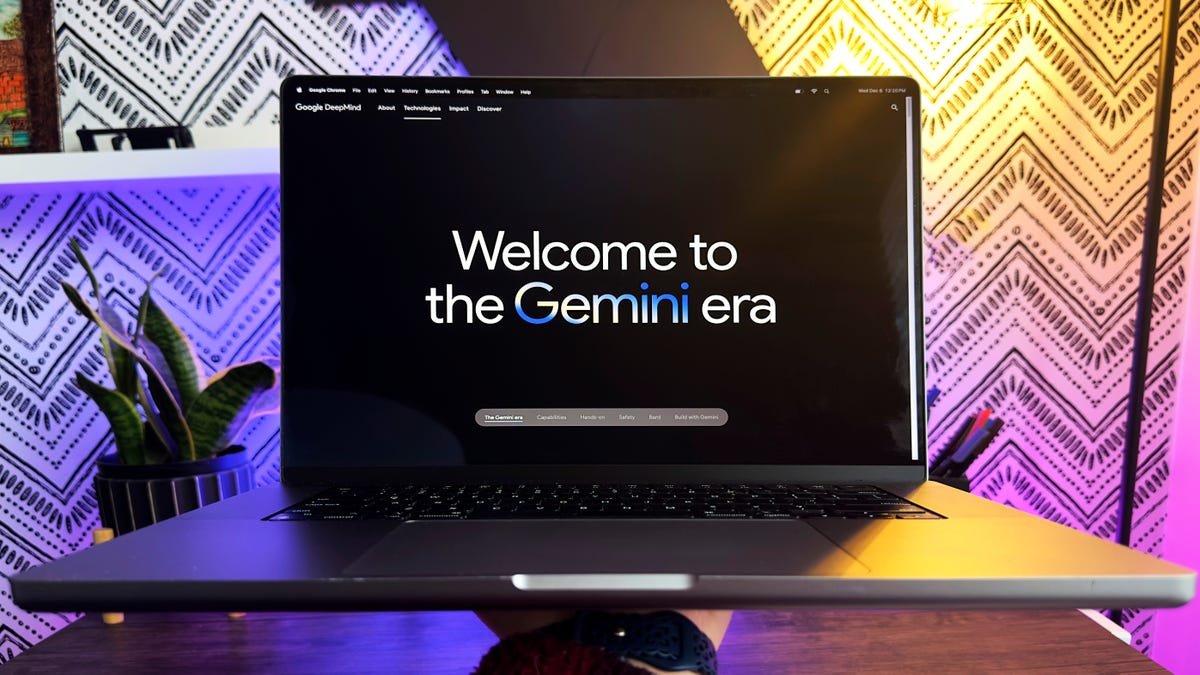Unleashing Creativity: Google DeepMind’s Groundbreaking Video-to-Audio Tool
The advent of AI-generated video technologies, such as Luma AI’s Dream Machine and OpenAI’s Sora, opens a world of possibilities—both exciting and intimidating. While these tools provide the capability to generate visually captivating content, they often struggle to deliver equally engaging audio. Fortunately, Google DeepMind has introduced a revolutionary Video-to-Audio (V2A) tool that aims to address this significant shortcoming.
A Glimpse into the Future of Media Creation
Google DeepMind’s V2A tool represents a major leap in the film and video production landscape. Designed to convert pixels from video into rich soundscapes, it paves the way for fully automated movie scene creation. Imagine being able to generate atmospheric soundtracks, dialogue, and sound effects that perfectly align with the characters and mood of your videos—all at the click of a button.
The Fundamentals of Google DeepMind’s V2A Tool
According to reports from TechRadar, this innovative tool utilizes pixels and text prompts to create soundtracks and soundscapes for AI-generated videos. By integrating seamlessly with existing video generators, including Google’s Veo, V2A enhances the auditory experience, providing creators with access to atmospheric scores and uniquely curated soundscapes.
Tailored Soundtracks through Text Prompts
One of the standout features of the V2A tool is its ability to generate an unlimited number of soundtracks tailored to any video input. Creators can fine-tune the audio using simple text prompts, allowing for greater creative flexibility in their projects. Unlike some competing technologies, this tool is capable of producing audio purely based on video pixels, making text prompts optional.
Emphasizing Safety and Ethical Considerations
With great power comes great responsibility. Google DeepMind is aware of the potential for misuse, particularly in the creation of deepfakes. Currently, the V2A tool is confined to research purposes, with plans for extensive safety assessments before it becomes publicly available. This cautious approach aims to mitigate risks and ensure the technology is used responsibly.
The Expansive Potential for Filmmakers and Animators
The applications of the V2A tool extend far beyond professional filmmakers. Amateur filmmakers and animators stand to benefit greatly from this technology, which has the potential to significantly lower production costs. Whether crafting a Blade Runner-inspired electronic music scene or a whimsical cartoon featuring a baby dinosaur, the V2A tool demonstrates formidable capabilities.
Bridging the Gap Between Audio and Visual Creation
The integration of AI-generated videos with AI-crafted soundtracks is a transformative concept. As OpenAI announces similar features in its Sora video generator, set to launch later this year, it’s clear that the competition is heating up. Director Paul Trillo recently released a music video created using Sora, showcasing the growing accessibility of these tools.
Decoding the Mechanics Behind the V2A Tool
At its core, DeepMind’s V2A tool employs a diffusion model to synthesize information from video pixels and optional user prompts. This results in compressed audio that is decoded into an auditory waveform. Although the specifics of the underlying training data are not fully disclosed, Google’s access to resources like YouTube gives it a significant advantage, allowing creators to leverage the vast array of content available for training AI models.
Overcoming Challenges in Content Quality
While the V2A tool has shown promising capabilities, challenges remain, particularly regarding the production of high-quality dialogue. However, its utility as a storyboarding resource cannot be overstated. The ongoing advancements in AI suggest that these tools will only become more refined, leading to even greater creative possibilities.
The Future of AI-Generated Media
As we look ahead, the landscape of content creation continues to evolve. The ongoing rise of AI technologies signals a transformation in how we produce media. DeepMind’s V2A tool is already showcasing its remarkable effectiveness, generating audio based solely on video content and without the need for extensive prompting.
Keeping an Eye on the Competition
In the race for AI-powered video creation, other players are entering the fray as well. The Chinese short video app Kuaishou has teased its own AI-supported video generator, capable of producing 1080p videos for up to two minutes. This could push the envelope even further for emerging creators.
Conclusion: A New Era of Creativity Awaits
As we transition into this new era of AI-enhanced creativity, Google DeepMind’s V2A tool stands out as a potential game-changer. The ability to seamlessly blend video and audio generation introduces vast opportunities for storytelling and content creation. While there are hurdles to overcome, particularly in dialogue quality, the continual evolution of these technologies promises a future rich with possibilities for filmmakers and digital artists alike. With careful development and responsible usage, we may soon witness a revolution in media creation, driven by the fusion of artificial intelligence and human imagination.







